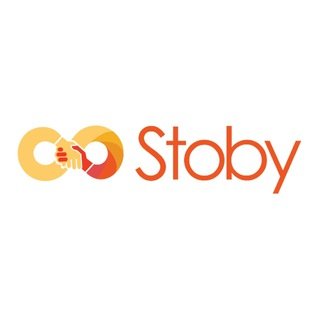
Good day ladies and gentle men all over the world, and I also extend my greetings to all my dear readers across the globe. as you all know's, that I always carry you along with any good crypto related project through this wonderful CRYPTOCURRENCY ARENA BLOG.
A BRIEF PRESENTATION: A blockchain is a growing list of records, called blocks, which are linked using cryptography. Each block contains a cryptographic hash of the previous block, a timestamp, and transaction data (generally represented as a merkle tree root hash)
By design, a blockchain is resistant to modification of the data. It is "an open, distributed ledger that can record transactions between two parties efficiently and in a verifiable and permanent way For use as a distributed ledger, a blockchain is typically managed by a peer-to-peer network collectively adhering to a protocol for inter-node communication and validating new blocks. Once recorded, the data in any given block cannot be altered retroactively without alteration of all subsequent blocks, which requires consensus of the network majority. Although blockchain records are not unalterable, blockchains may be considered secure by design and exemplify a distributed computing system with high Byzantine fault tolerance. Decentralized consensus has therefore been claimed with a blockchain.
Blockchain was invented by Satoshi Nakamoto in 2008 to serve as the public transaction ledger of the cryptocurrency bitcoin. The invention of the blockchain for bitcoin made it the first digital currency to solve the double-spending problem without the need of a trusted authority or central server. The bitcoin design has inspired other applications, and blockchains which are readable by the public are widely used by cryptocurrencies. Private blockchains have been proposed for business use. Sources such as the Computerworld called the marketing of such blockchains without a proper security model.
The first work on a cryptographically secured chain of blocks was described in 1991 by Stuart Haber and W. Scott Stornetta. They wanted to implement a system where document timestamps could not be tampered with. In 1992, Bayer, Haber and Stornetta incorporated Merkle trees to the design, which improved its efficiency by allowing several document certificates to be collected into one block.
The first blockchain was conceptualized by a person (or group of people) known as Satoshi Nakamoto in 2008. Nakamoto improved the design in an important way using a Hashcash-like method to add blocks to the chain without requiring them to be signed by a trusted party.[6] The design was implemented the following year by Nakamoto as a core component of the cryptocurrency bitcoin, where it serves as the public ledger for all transactions on the network.
In August 2014, the bitcoin blockchain file size, containing records of all transactions that have occurred on the network, reached 20 GB (gigabytes). In January 2015, the size had grown to almost 30 GB, and from January 2016 to January 2017, the bitcoin blockchain grew from 50 GB to 100 GB in size.
The words block and chain were used separately in Satoshi Nakamoto's original paper, but were eventually popularized as a single word, blockchain, by 2016. The term blockchain 2.0 refers to new applications of the distributed blockchain database, first emerging in 2014. The Economist described one implementation of this second-generation programmable blockchain as coming with "a programming language that allows users to write more sophisticated smart contracts, thus creating invoices that pay themselves when a shipment arrives or share certificates which automatically send their owners dividends if profits reach a certain level.
As of 2016, blockchain 2.0 implementations continue to require an off-chain oracle to access any "external data or events based on time or market conditions that need to interact with the blockchain.
IBM opened a blockchain innovation research center in Singapore in July 2016. A working group for the World Economic Forum met in November 2016 to discuss the development of governance models related to blockchain.
According to Accenture, an application of the diffusion of innovations theory suggests that blockchains attained a 13.5% adoption rate within financial services in 2016, therefore reaching the early adopters phase. Industry trade groups joined to create the Global Blockchain Forum in 2016, an initiative of the Chamber of Digital Commerce.
In May 2018, Gartner found that only 1% of CIOs indicated any kind of blockchain adoption within their organisations, and only 8% of CIOs were in the short-term ‘planning or [looking at] active experimentation with blockchain.
According to the purpose or fixed design of this article, Today! We will be discussing or analysing about a particular amazing project called: STOBY
WHAT IS STOBY?

Stoby is the first tokenized student job platform. Stoby sells free time to busy people and gives students the opportunity to benefit from additional income. We are the first job platform directly targeting the student community, completely rethinking and simplifying the way students find jobs. With the ICO, we are bringing Blockchain technology on our P2P platform to ensure transparency, trust, and traceability. Paid in tokens (STB), students will earn more and be able to spend their earnings on campus and with partners. Ultimately, we are building a network of millions of students gathered around a strong community and a unique currency, the STB.
ABOUT STOBY

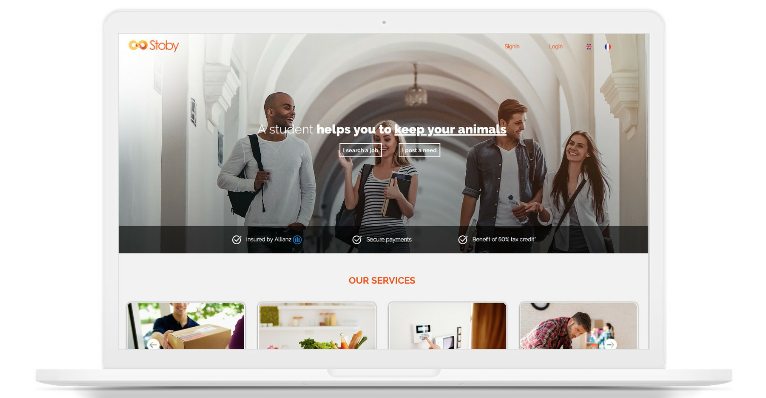

Indeed, the collaborative economy has really been booming in Europe in the last few years. The number of transactions in the five main sectors of the European collaborative economy namely finance, accommodation, transport, human and social services to individuals and companies could be multiplied by 20 in 10 years and reach 570 billion euros by 2025 compared with hardly 28 billion euros today. As 85% of this value is captured by individuals, the collaborative platforms turnover should reach 83 billion euros by 2025 compared with 4 billion today, according to the PWC’s audit and consulting firm latest estimates.
France, together with the United Kingdom, appears to be the leader on the market of the European collaborative economy, thanks to its favourable regulations environment.
Stoby has been expanding with this will : to rely on the collaborative economy connecting students who wish to find small jobs easily with individuals who wish to delegate some small tasks from time to time. In view of these different elements, Stoby has positioned itself on a specific segment of this market, in order to get a clear and visible identity to face competition.
Stoby certification is a document we create for students to attest their expertise and experiences level on the platform.
We want to use immutability and security of public blockchains to make our certification totally unfalsifiable and timestamped.
STOBY ROADMAP
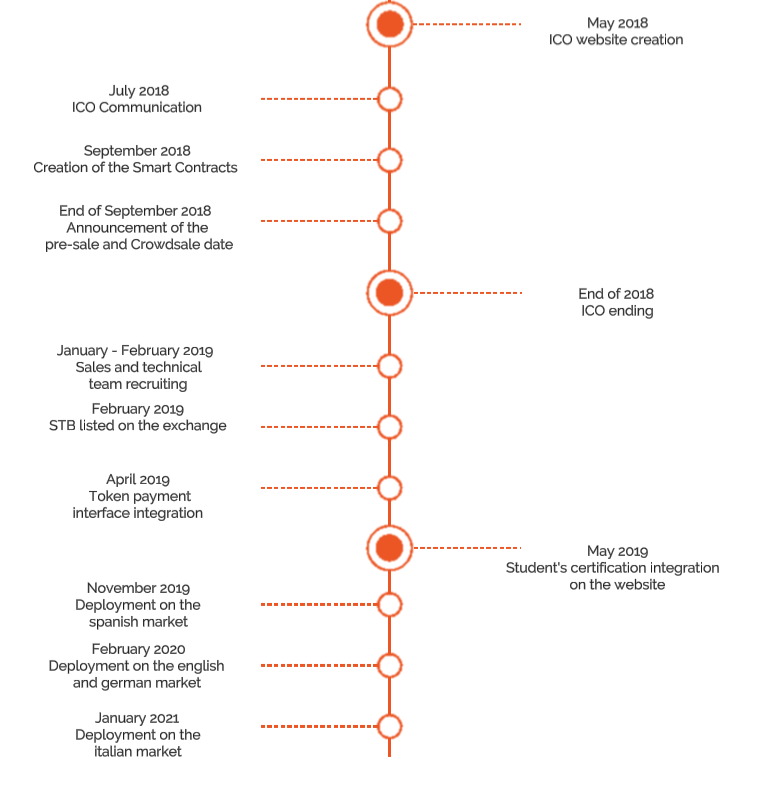
STOBY PARTNERS
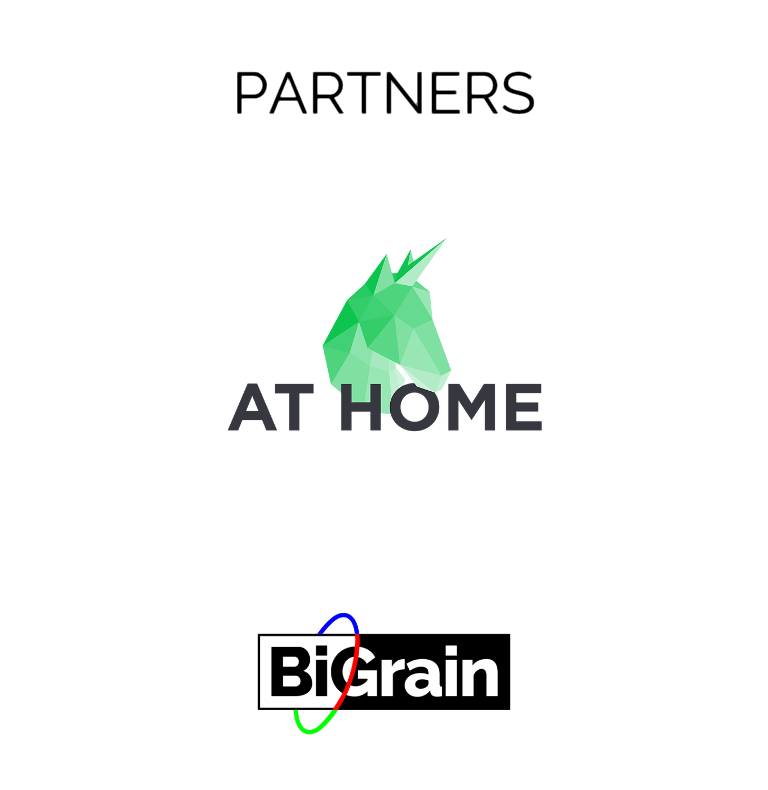
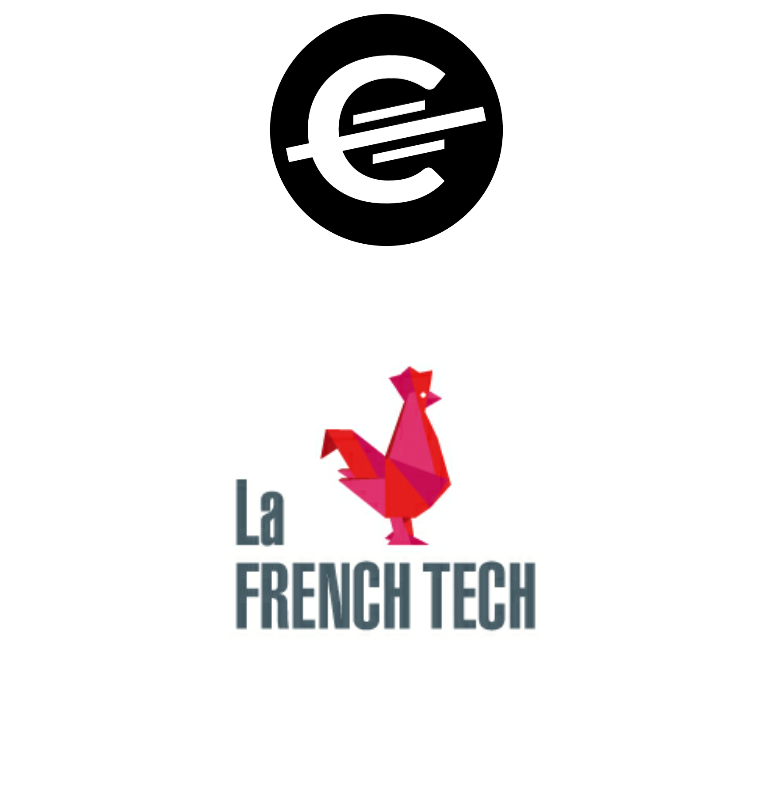
STOBY ICO & TOKEN OVERVIEW
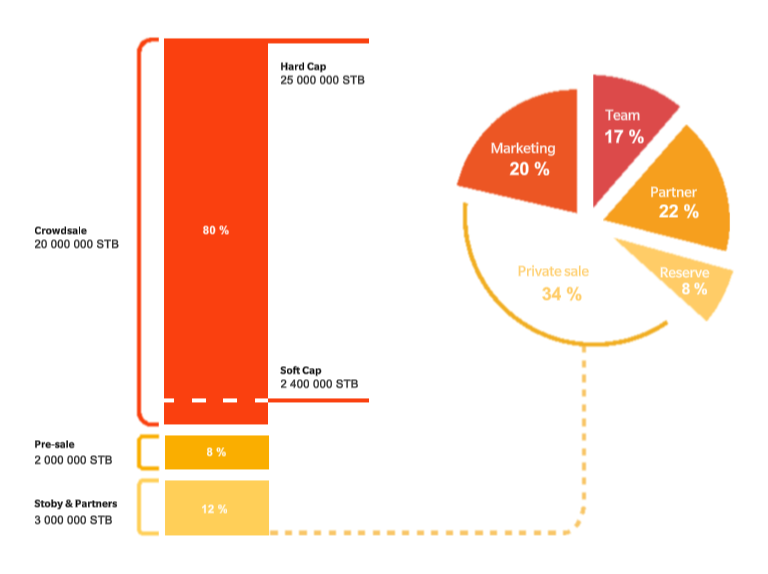
Our token will allow users to buy or rent items related to our services.
Paying with STB tokens will allow cheaper transactions and to be delivered faster on the Stoby shop.
Token STB
Price <<>> 1 STB = 0.2 EUR
Platform <<>> Ethereum
Soft cap <<>> 2400000 STB
Hard cap <<>> 25000000 STB
Country <<>> France
Whitelist/KYC <<>> KYC & Whitelist
Restricted areas <<>> USA, China
MY OPINION CONCERNING THIS PROJECT
In my own perspectives, I can see STOBY as an innovative, incomparable and undisputed project with a great vision and unique ambition to be the most smartest and respective projects in the nearest future all over the globe.
CONCLUSION:
Nowadays a lot of projects are being created in different countries, But not much of them with solid standard and good qualities as STOBY does.
For more or further details, please! Kindly follow the links below:
WEBSITE: https://stoby.io/en
TELEGRAM: https://t.me/stobyofficial
TWITTER: https://twitter.com/Stoby_job
VIMEO: https://vimeo.com/stoby
REDDIT: https://www.reddit.com/r/Stoby
LINKEDIN: https://www.linkedin.com/company/stoby
INSTAGRAM: https://www.instagram.com/stoby_job
Enjoyed the article? Please let me know by giving your vote and send a recommendation to a friend. Thank you!
AUTHOR: Dprince2281